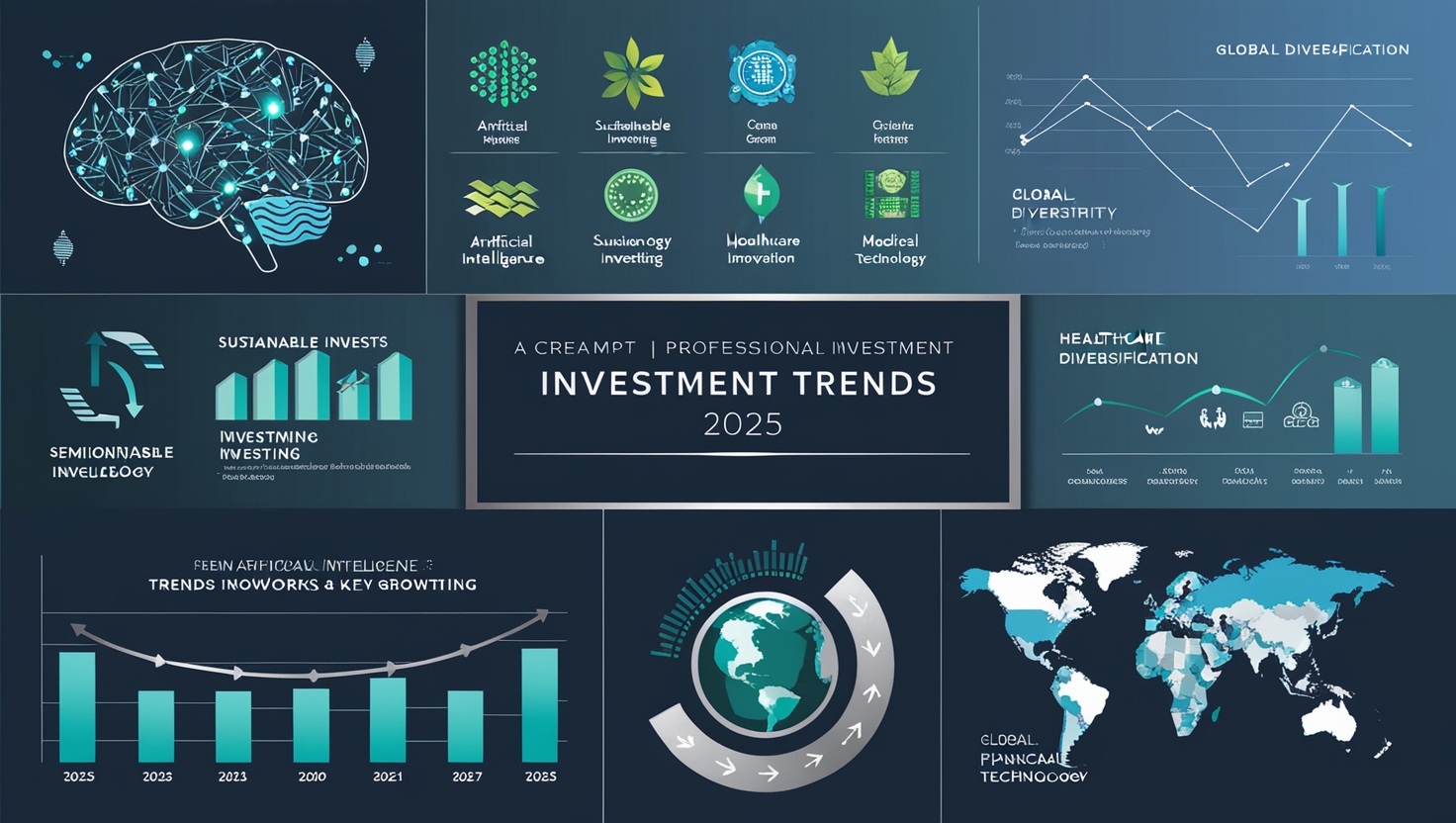1. What is Investment?
Investment is the process of allocating money or resources to an asset or project with the aim of generating a return or profit in the future. Investments can be made in stocks, bonds, real estate, commodities, or even startups. The primary goal of investing is to increase the value of capital over time, either through capital gains or periodic income such as interest or dividends.
Investment is the purchase of assets such as stocks, bonds, or real estate with the goal of achieving capital gains or periodic income from interest or dividends.
2. The Importance of Investment
Investment is a key driver of long-term financial security. It helps individuals and organizations combat inflation, build wealth, and secure their financial future. Good investments provide additional income, reduce reliance on a single source of earnings, and increase the chances of achieving financial freedom.
- Inflation protection and preservation of purchasing power
- Long-term wealth building
- Additional income generation
- Achieving financial freedom and independence
3. Main Types of Investments
Stocks
Stocks represent ownership in a company. When you buy a stock, you become a shareholder and are entitled to a portion of the company’s profits. Stocks offer high potential returns but also carry greater risk compared to other investment types.
Bonds
Bonds are a form of debt issued by governments or corporations to raise funds. Investors who buy bonds receive periodic interest payments and, upon maturity, get their principal back. Bonds are less risky than stocks but offer lower returns.
Real Estate
Real estate investment involves buying, developing, or managing property to generate rental income or profit from appreciation. Real estate provides stable and potentially growing returns over time.
Commodities
Commodities are raw materials such as gold, silver, oil, or agricultural products. Investors can invest directly or through exchange-traded funds (ETFs).
Alternative Investments
Alternative investments include hedge funds, venture capital, cryptocurrencies, and collectibles. These provide portfolio diversification but are riskier.
4. How to Start Investing
- Set financial goals: Define short- and long-term objectives to choose the right investment type.
- Assess risk tolerance: Each investor has a different capacity to handle risk, which affects investment choices.
- Build an emergency fund: Before investing, ensure you have funds set aside for unexpected expenses.
- Open an investment account: Open an account with a brokerage or bank to start buying investment assets.
- Diversify: Spread investments across different assets to reduce risk and increase potential returns.
5. Modern Investment Tools
Investment tools have evolved significantly with technological advancements and the rise of the internet. Key tools include:
- Robo-advisors: Online platforms that use artificial intelligence to manage investment portfolios and provide financial advice.
- Exchange-traded funds (ETFs): Funds that trade on stock exchanges and offer broad diversification at low cost.
- Crowdfunding platforms: Allow investors to participate in funding startups or real estate projects.
- Mobile investment apps: Provide easy access to global markets and portfolio management from your smartphone.
6. Investment Trends in 2025
Artificial Intelligence and Technology
The technology sector is experiencing unprecedented growth driven by artificial intelligence, cloud computing, and semiconductors. Investing in major tech companies and AI-focused funds has become attractive for many investors.
Energy and Infrastructure
Growing demand for energy, especially with the rise of AI, is driving investments in energy and infrastructure companies. Renewable energy investments are also gaining traction.
Cryptocurrency
Cryptocurrencies like Bitcoin and Ethereum continue to attract investor interest, especially with the launch of related ETFs. However, these investments remain highly risky.
Sustainable Investing (ESG)
Investments that consider environmental, social, and governance (ESG) criteria are increasingly popular, as companies and investors focus on sustainability and social responsibility.
Small-Cap Stocks
Small-cap stocks are attracting renewed interest from investors due to their attractive valuations and potential for high returns.
7. Investment Risks and How to Manage Them
Investing always involves risks. Key risks include:
- Market risk: Price fluctuations in financial markets.
- Liquidity risk: Difficulty selling assets quickly without significant loss.
- Credit risk: The risk that a bond issuer will default.
- Inflation risk: The loss of purchasing power over time.
Risks can be managed through diversification, choosing lower-risk investments, and regular portfolio review.
8. Measuring Investment Performance
Key tools for measuring investment performance include:
| Tool | Description |
|---|---|
| Return on Investment (ROI) | Measures profit or loss relative to the invested capital. |
| Compound Annual Growth Rate (CAGR) | Measures the annual growth rate of an investment over a period. |
| Market Indices | Track the performance of a sector or market, such as the S&P 500 or Nasdaq. |
Return on Investment (ROI) = (Current Value of Investment – Original Value of Investment) ÷ Original Value of Investment
9. The Role of Technology in Transforming Investment
Technology has radically changed the way people invest, making markets more transparent and accessible to individual investors. Key developments include:
- Artificial intelligence and robo-advisors: Analyze data and make fast, accurate investment decisions.
- Blockchain: Provides transparency and security in transactions, especially in cryptocurrencies.
- Investment apps: Allow portfolio management and trading from anywhere at any time.
10. Tips for Beginner Investors
- Start by learning: Understand the basics of investing and different asset types.
- Start early: The sooner you start investing, the greater your chance of building wealth through compound interest.
- Diversify your portfolio: Don’t put all your money in one type of asset.
- Control your emotions: Avoid making investment decisions under market pressure or emotional influence.
- Monitor your portfolio regularly: Review and adjust your investments as needed.
- Consult experts: Don’t hesitate to seek advice from financial advisors or investment professionals.
Investment is a long journey that requires patience, knowledge, and wise management. Through continuous learning and best practices, anyone can achieve their financial goals and build a secure future for themselves and their families.




